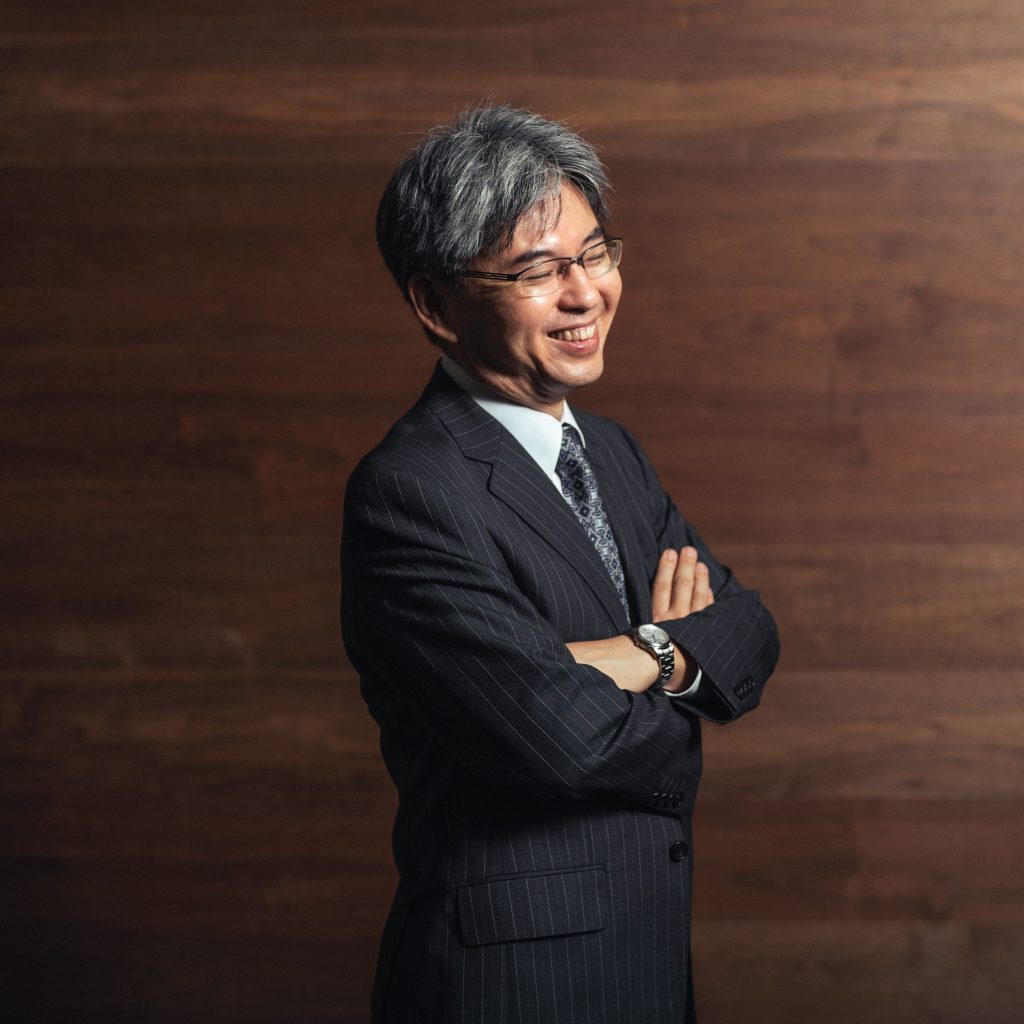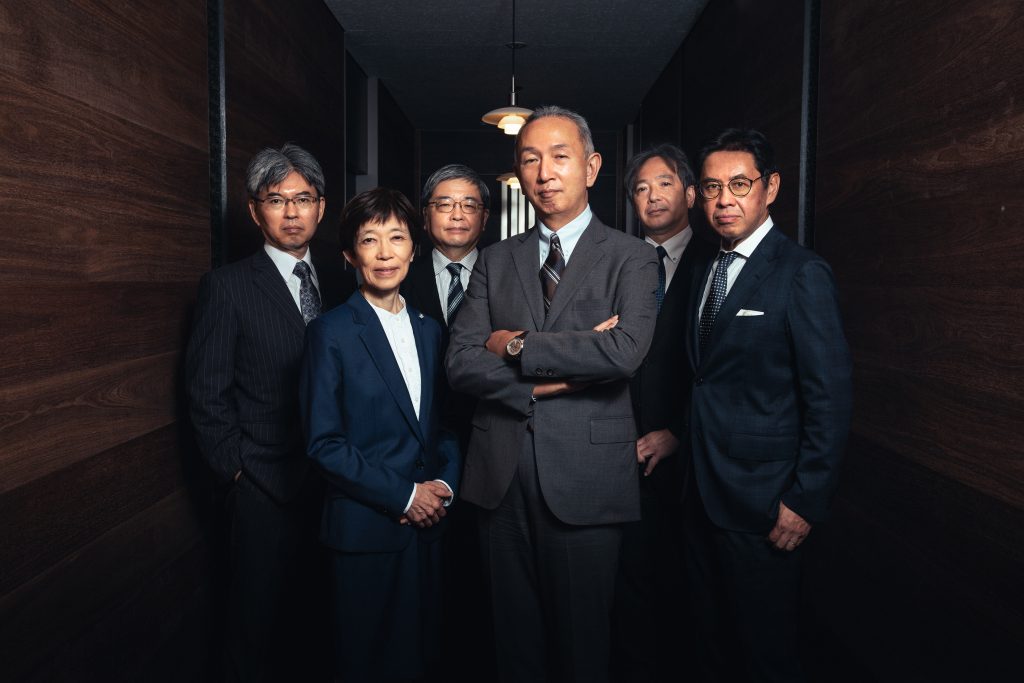Learning what student think is a “good class” to change Sophia’s education

Starting in the 2022 academic year, the course evaluation survey, previously conducted by each faculty, was standardized across the entire university. The Vice President for Academic Affairs, Takashi Irohara, who spearheaded the discussion on the survey reform, talks about the aim of standardizing the questions and what survey results reveal about Sophia students.
Students are the true evaluators of class quality
The purpose of the new course evaluation survey implemented since AY2022 is to ascertain, using uniform criteria across the entire university, how faculty members are teaching and how students are learning. The survey asks students to evaluate all courses offered using a common set of questions.
Our previous surveys were either faculty-specific or for the University-wide General Studies courses. However, these surveys asked questions like “how well the instructor’s voice could be heard” and “whether students could read the board,” instead of focusing on the content and effectiveness of the class.
Considering that a university education is meant to foster student growth, we believe that the quality of classes, a key component of growth, should be the focus of our efforts to improve. Moreover, a class’s quality should not be determined by the faculty member, but instead by the student, who is the subject of growth. With this in mind, we decided to ask students what constitutes a “good class” and use their feedback to make improvements.
However, Sophia being a ‘university,’ each academic discipline and faculty member teaches different content in different ways. It was not an easy task to develop a survey that could gauge the quality of education on the same scale across the entire university. It took months of study and reference to various views on education, including past faculty-specific survey questions, questions used by other universities, and understanding the qualities and skills valued by society and the business world. Individual sessions were conducted with faculty members who held reservations of this initiative, in order to obtain their understanding and support. I believe this consideration process, involving a great number of diverse discussions, was also a process of aligning the University’s perspective on the quality of our teaching and the transformation we hope to provide our students through education.
Re-discovering our students’ needs
What resulted from our efforts was a survey of 14 standardized questions on how clear a faculty member’s teaching and explanations were, whether students could acquire diverse ways of seeing and thinking, and overall satisfaction with the class (until AY2022, this was asked as “whether students would recommend a course”), and why. Analysis of results revealed various insights from the students.
For example, what strongly influences a student to recommend a class is whether the content and explanations are understandable and also whether the class “stimulates them intellectually and makes them want to study further.” Interestingly, while faculties expected students to rate easy classes highly, this has been “betrayed” in a positive sense as Sophia students demonstrated they are looking for classes that challenge them.
In addition, we found that the level of mastery of the “achievement goals” set for each subject was higher for those who worked and engaged proactively on that subject; this confirms the faculty’s rule of thumb that “those who work on their own initiative are more likely to grow.”
The results on active learning are also full of insight: while “classes with more opportunities for active learning do not necessarily have higher satisfaction levels, classes with high satisfaction levels are those with many opportunities for active learning.” Although active learning is desired by students, it is not enough for classes to simply adopt the practice. Instead, it is necessary to have a mechanism to motivate students to engage in active learning in order to benefit from it. We were also surprised to learn that “the implementation of active learning practices and the frequency of faculty interactions was not correlated with the number of students attending lectures.” This means that even in large class settings, some successfully incorporated active learning and question-and-answer sessions and depending on that, could communicate with students.
Making the Call of “WE MADE SOPHIA” Louder
The university fails to meet student expectations if we simply ask them to answer the survey and make no change in return. Analyzing the results, each faculty member will make improvements to their courses. Additionally, at the faculty or department-level, faculty training sessions were provided, curriculum changes were made in such parts that needed improvements.
At the university-wide level, a debriefing session on the analysis of results is open to all faculty and staff to explain university-wide trends and the characteristics of classes with high satisfaction ratings. In addition, the top 1% of classes with the highest evaluation are awarded as “Student-Selected Good Practices.” Overall, the report reveals what an ideal class is from the students’ perspective, while also bringing to light the “good classes” that so far have only been known to the students who take them. Sharing best practices of the highly rated classes improves the quality of classes throughout the university.
By returning the results to education, we want students to feel that they have contributed to creating a better university and be glad they responded to the survey. During the survey period, the catchphrase “WE MAKE SOPHIA” was on posters calling for active participation on the survey and spreading the message that contribution would help create a better university together.
Our goal is to increase, to the greatest extent, the number of students who proudly say “WE MADE SOPHIA.” I would like to encourage prospective students to join us in this call, and in building Sophia together. Sophia is a student-centered university and we will continue to strongly pursue this commitment in the future.
